Several methods exist for starting a fireplace. However, electronic ignition is one of the most widely utilized fireplace systems today. Do you need to know how to light this particular gas fireplace? For your benefit, we did a ton of research on this topic, and here’s what we learned.
If your fireplace has an electronic ignition system, simply push the "ON" button on your remote control or wall switch to ignite the pilot. The fireplace will light within a few seconds.
We'll go more deeply into the gas furnace with electronic ignition in this article, especially the way it lights up. We'll also discuss various problems with it and how to fix them, how to manually light this type of fireplace, and more. Therefore, read on for more details.
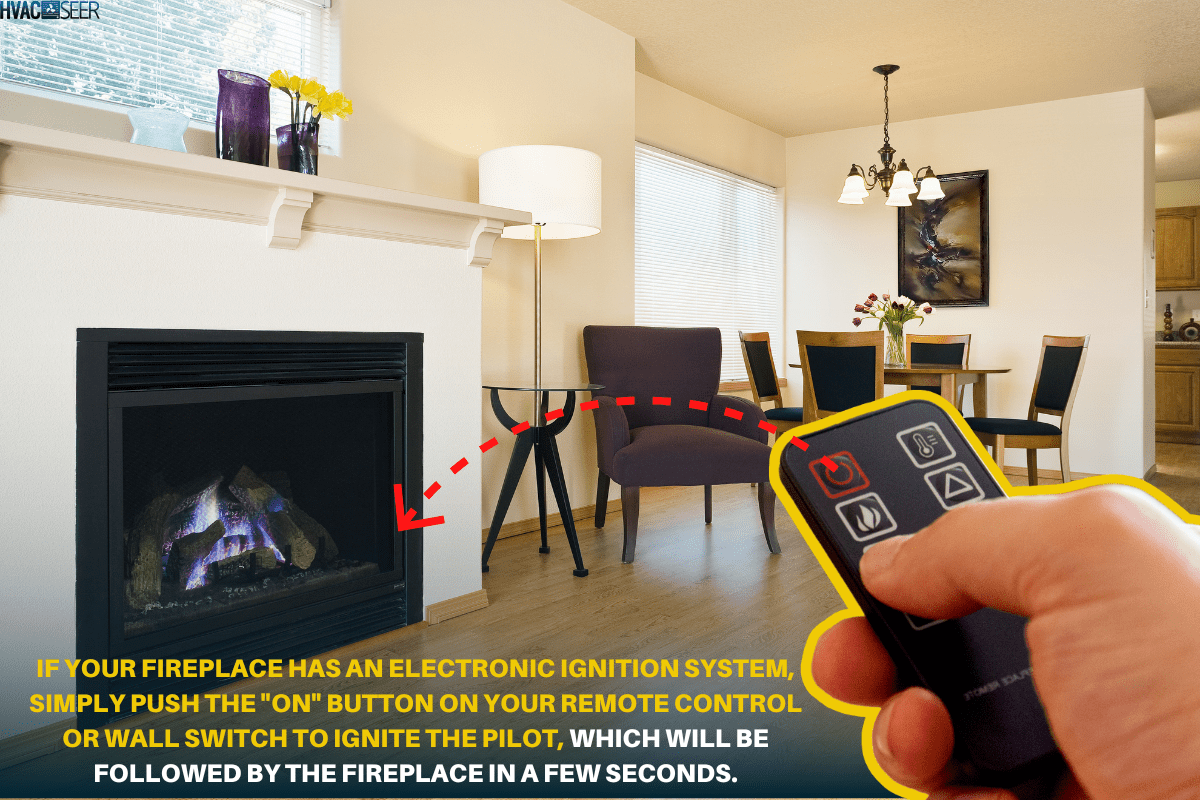
How To Light A Gas Fireplace With Electronic Ignition?
It is no longer necessary to use matches or a long lighter to light your fireplace, thanks to an electrical ignition system, sometimes referred to as a non-standing pilot. This kind of ignition system, as its name suggests, needs to be connected to a power line or a battery, depending on the application.
Click here to see this long-nose lighter on Amazon.
Connecting your fireplace to an electrical line may be more expensive than utilizing a battery-operated connection. However, depending on how frequently you intend to use your fireplace, the battery-operated connection will eventually require replacement.
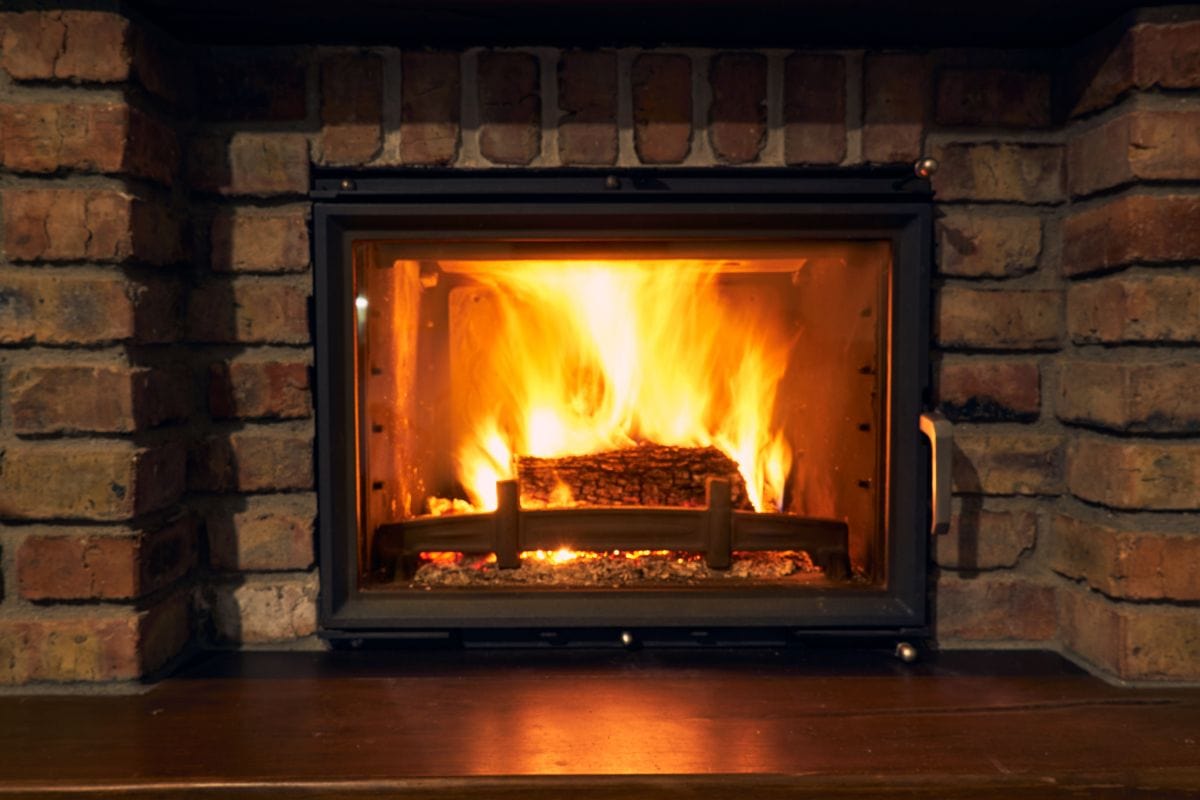
Electronic Ignition: Simple, Safe, & Convenient
A flame-sensing pilot function that is only active when the fireplace is in use makes electronic ignition systems significantly safer than match-lighted and standing pilot ignition systems. The electronic ignition system will immediately stop the gas flow and try to re-ignite the flames if it detects there are no flames.
You'll undoubtedly spend more time enjoying your private or shared leisure activities than worrying about your safety because the flames are continually monitored.
What's best? Another benefit of electronic ignition systems is the ease of being wired for use with a home control system, such as a wall switch, remote control, or timer.
Depending on the control choice, you can choose to operate the fireplace from the comfort of your couch with a simple "On/Off" control or a variable flame height control.
However, because there are more components needed and a power-line connection or a battery-powered connection is needed, this alternative is typically more expensive. The YouTube video below shows how simple it is to light the fireplace with electronic ignition.
How Do You Manually Light A Gas Fireplace?
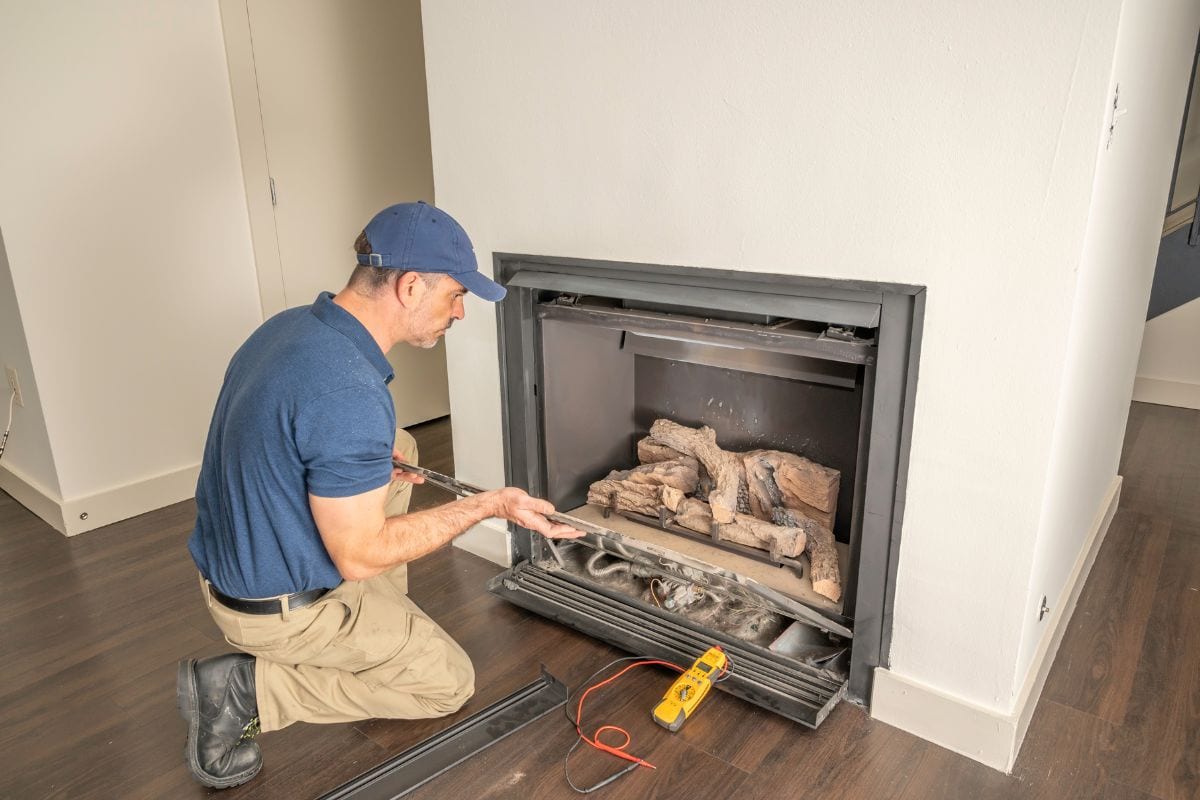
If the electricity goes off for whatever reason, you can manually light the gas fireplace. However, carefully read the provided manual before doing it. Unintentional errors could have catastrophic repercussions. Then, proceed to the following steps:
- To get started, find and unlock the access panel of your fireplace for simple access to the control board. Also, open the fireplace's front screen. The direction of opening on your specified fireplace model is written in the manual.
- Search for a switch labeled "On/Off" and switch it to the "On" position at this time.
- Look for the "MAN" knob (or manual knob) as well and flip it to the "MAN" position.
- Turn the flame adjustment knob to its lowest position.
- Use a pen or other similar object to press down the metallic core which will establish the pilot gas flow.
- Light the pilot with gas while you push it. If possible, use a long-nosed lighter rather than a match.
- Hold down the metal core for at least 10 seconds before releasing; the pilot should still be lit. After several tries, if the pilot still won't stay lit, turn the gas control knob to "Off" and call your nearby gas supplier or technician.
- Put the front screen back in place.
- Turn the "MAN" knob to "On."
- To change the flame height, manually turn the flame adjustment knob, or use the "up/down" flame buttons on the remote control handset.
Moreover, it is imperative for your safety that you exercise all due caution when handling gas. Ventilate your home by opening the doors and windows if you start to smell gas. But you should immediately leave your house and call the fire department if you detect a strong gas smell.
A video demonstration of manually lighting the gas fireplace with electronic ignition is shown on YouTube below.
Are Gas Fireplaces Automatically Turned Off?
Generally speaking, many gas fireplaces can shut off on their own using a timer with different customizable settings, or even shut off when the fuel is out. When leaving the building, you should physically turn off your gas fireplace.
It is for your home's safety and fuel conservation. Therefore, it is advised to always turn off the fireplaces after use. Nevertheless, you can add a timer to manage how long it burns or lights, no matter what kind of gas fireplace you have.
What Are Some Common Problems With Gas Fireplace Electronic Ignition And Their Solutions?
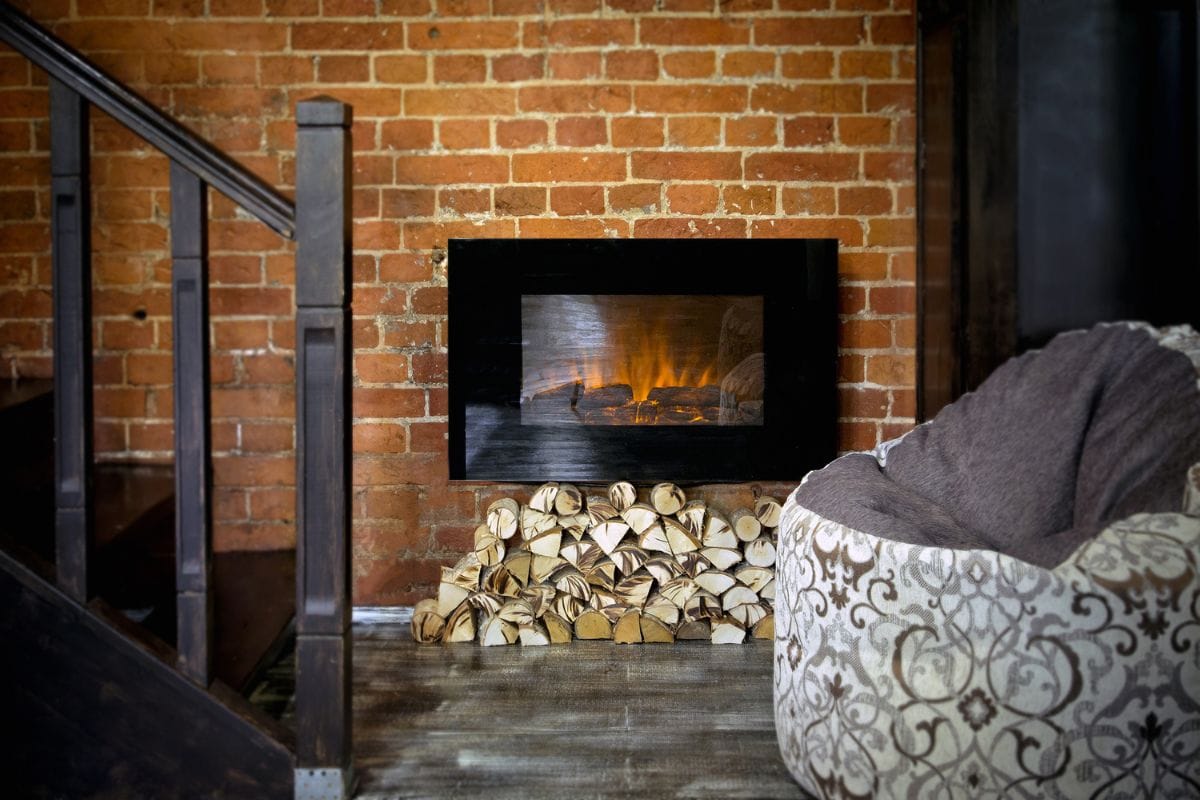
You could run into various issues when working with a gas fireplace that must be fixed. The issues can range from a pilot not sparking at all to a pilot not sparking at all but still producing noise. In the same way that there is a fix for every issue, there is a fix for the ignitor issues as well. Below are a few of those.
Burner Does Not Light Or Spark When The Pilot Does
There are numerous likely causes for why the main burner does not ignite and fire when the pilot does. These include running out of propane, a loose connection in the sensor rod, contamination, inadequate grounding between the gas valve and pilot assembly, and more.
Checking if the propane tank is filled or empty is the first step in troubleshooting. If not, refuel the cylinder and begin as usual.
To clean a dirty, damaged, or contaminated sensor rod, you would need to use an emery cloth. It aids in cleaning up any dirt from the sensor rod. Then, bring a multimeter and check for continuity.
Click here to see this emery cloth on Amazon.
A video showing how to clean the sensor rod is shown on YouTube below.
Check the flame to see if it is engulfing the sensor rod and if the issue is due to inadequate flame rectification. Additionally, make sure the pilot orifice is installed correctly according to the manual's specifications.
Poor grounding between the gas valve and pilot assembly is another likely cause. Tighten the module's wiring harness in order to troubleshoot.
Inspect the ceramic insulator that is situated around the sensor rod as well. Replacement is necessary if it is cracked or broken.
Click here to see this ceramic insulator on Amazon.
Gas Fireplace's Igniter Remains Lit Without Turning On The Burner
This issue is brought on by a poor wire harness or a connection issue. You can perform a wire inspection to troubleshoot if you think the issue was caused by poor wiring or a loose connection.
Ensure that all wiring is tight. As stated in the owner's manual, they should also be installed exactly as instructed. Once more, the issue could occasionally be the result of a broken module or valve. Bring out your multimeter and set it to the direct current (DC) setting before dealing with this.
Click here to see this multimeter on Amazon.
The screw on the terminal block should have the red end attached to it. The valve, in this case, is the multimeter's black lead, which is set on the ground.
If the reading is zero, there is a problem with the valve or module. Verify whether the wires are connected in the correct order. Also, this needs to be securely linked to the module. Call a professional as soon as you can if the issue persists.
Ignitor Stops Sparking
If the ignitor quits when the pilot is lit, but the fireplace doesn't ignite, the ignitor is possibly dusty or broken. Carefully remove each component, making sure to clear the space between the ignitor and the thermocouple of any dirt or debris.
Pilot Sparks But Doesn't Light
When this happens, there is unquestionably a malfunction, which may be caused by a gas supply problem or by a module that isn't grounded.
Making sure the ball valve on the incoming gas line is in the open position is the first step in troubleshooting this kind of issue. You should also make sure the inlet pressure reading is within the optimal range.
If the issue persists, one of the modules may not be correctly grounded. Check the valve and pilot assemblies to see if they are grounded to the fireplace's metal chassis.
Pilot Makes Noise But No Light
If you're having this kind of issue, there may be a loose connection, bad wiring, or an incorrect ignitor gap to blame. It is crucial to check that the wires connecting the sensor and ignitor are firmly secured to the terminals before troubleshooting this problem. Check for any loose connections and make sure there are none.
To emphasize, you must check the wiring for any electrical shorting. Additionally, you must adjust the device as instructed in the instructions if the wrong ignitor gap is the issue.
Final Thoughts
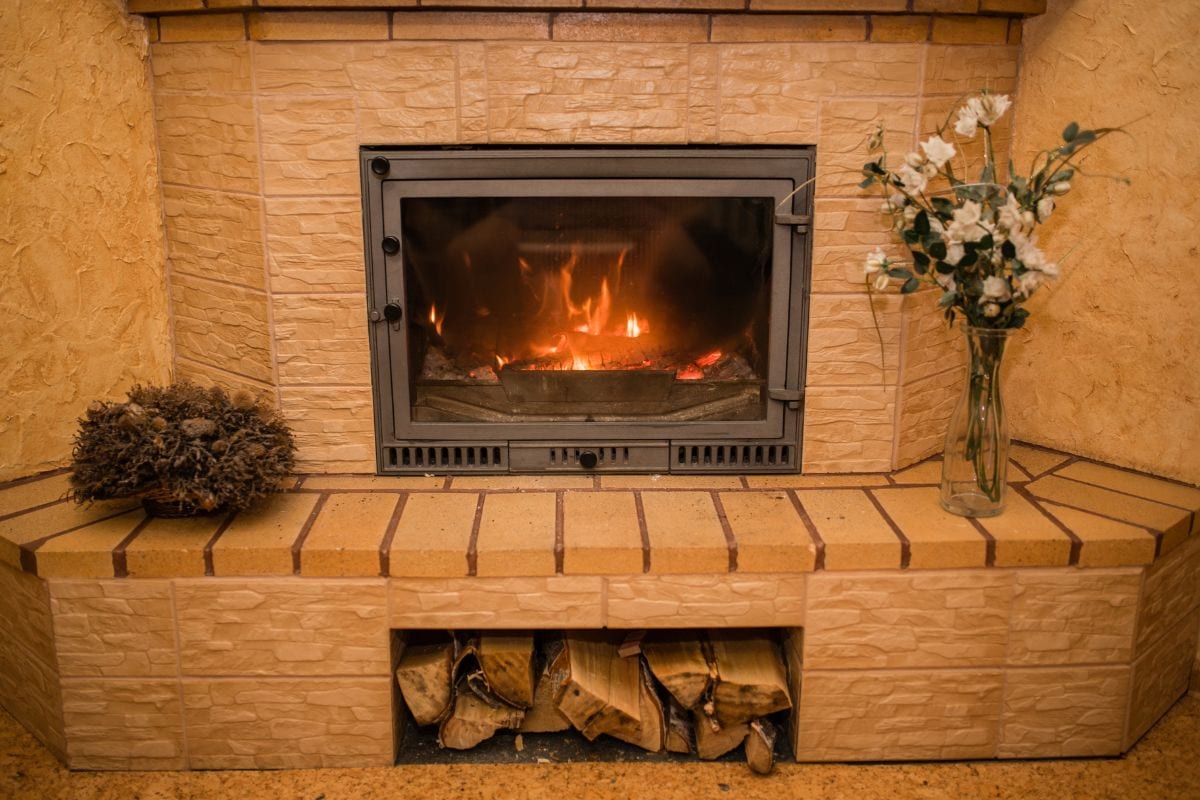
You should understand all of a fireplace's details in order to keep it functioning. Knowing how to use the electronic ignition and other related information, such as what was discussed above, may come in handy if you ever find yourself in a situation where you need it.
Before leaving, check out some hot topics about the fireplace below.




